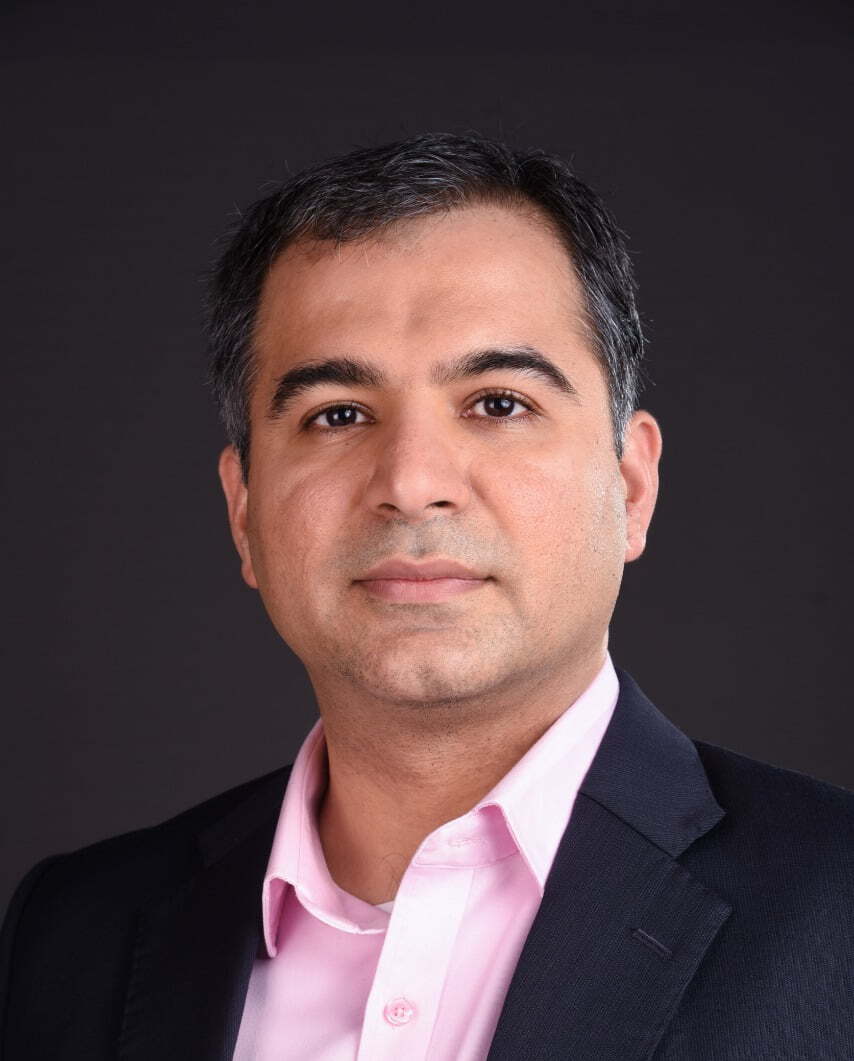
Darshan Hiranandani, CEO of H-Energy
India's H-Energy is expecting that the start of its FSRU-based LNG regasification terminal will help to push its strategic expansion plans forward by helping capture a substantial share of India's gas market, as well as realizing its vision to make inroads into the retail gas and hydrogen sectors, the company's CEO told S&P Global Platts.
Darshan Hiranandani said that with FSRU, the Höegh Giant, now docked at its Jaigarh import terminal in Maharashtra, it would be able to supply about 2-2.5 million mt of gas from that terminal from 2022 onwards, in addition to supplying another 1.5 million mt as part of various one-year term commitments.
"The arrival of the FSRU is both a starting point and a turning point for us. We expect that from 2022 we will be able to deliver just shy of 4 million mt in total," Hiranandani said in an exclusive interview.
The arrival of the FSRU-based terminal, having a capacity to process up to
6 million mt/year, will be a step towards India moving one step towards its dream of raising the share of gas in the energy mix from less than 7% to 15%, he added.
The FSRU has been charted by H-Energy for a 10-year period. It will deliver regasified LNG to the Jaigarh-Dabhol pipeline, which connects the terminal to the national gas grid.
A growing market
H-Energy was established in 2009, with the aim to offer
end-to-end natural gas solutions, including LNG sourcing, re-gasification facilities and downstream deliveries.
"The future of the gas sector in India is very bright. I am expecting demand to grow about 10%-12% annually in the medium to long term," he said.
According to S&P Global Platts Analytics, LNG is expected to make up an increasing share of total gas supply in India, rising from 62% in 2020 to
68% in 2030, which is significant considering total gas demand is also expected to increase at an average compound annual growth rate of 5% during this period.
Hiranandani said some recent policy reforms and infrastructure plans -- such as working on a unified pipeline infrastructure and building out a bigger pipeline network -- would help in extending the reach of gas in the country.
Commenting on the impact from the second wave of the COVID-19 pandemic, he said that the crisis is unlikely to make a huge dent on the overall annual demand for gas as the industrial sector was operating, unlike in 2020 when industries had shut down during the national lockdown.
"Gas demand for public transport has come down but that has been taken over by demand from private cars and taxis," Hiranandani said. "In addition, exports of both oil and non-oil commodities are booming because the world economy is restarting. Therefore, cement, iron ore -- everything is booming. We may see demand abating for a short while but not the kind of impact we saw last year."
"A lot of that demand will get bridged by liquid to compressed natural gas, or LCNG. We are planning to have one of the largest LNG trucking terminals in Jaigarh. We are hoping that our LNG trucking capability will grow to 2-2.5 million mt following the phased expansion. As the country moves to LNG vehicles, we will have the ability to supply to gas filling stations," Hiranandani said.
The facility will also deliver LNG for onshore distribution, as well as the capacity to reload LNG onto small-scale LNG ships for bunkering, he added.
H-Energy is also working on its own retail rollout strategy, with the aim to have large refueling depots. A team is now on the drawing board to map out a plan to roll out at least 100 LNG stations across the country. The project is expected to take off by the third quarter of this year, he added.
The company is also working on an ambitious plan for hydrogen as it aims to embrace the transition towards cleaner fuels.
"In the first stage we will be aiming for hydrogen from natural gas. We see some pilot projects in that area happening over the next few years, and we would ourselves like to do one or two pilot projects," Hiranandani said.
He said that the company was committed to create clean energy infrastructure to transition to a net-zero future. "Our vision is very clear. We want to provide efficient and environmentally-responsible energy solutions."
This piece was originally published on May 17, 2021.